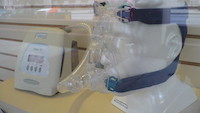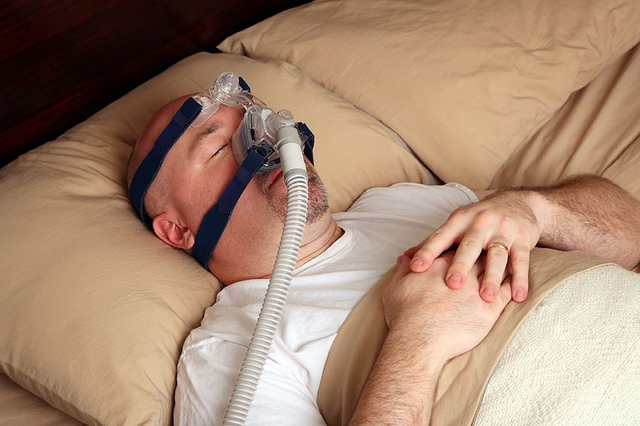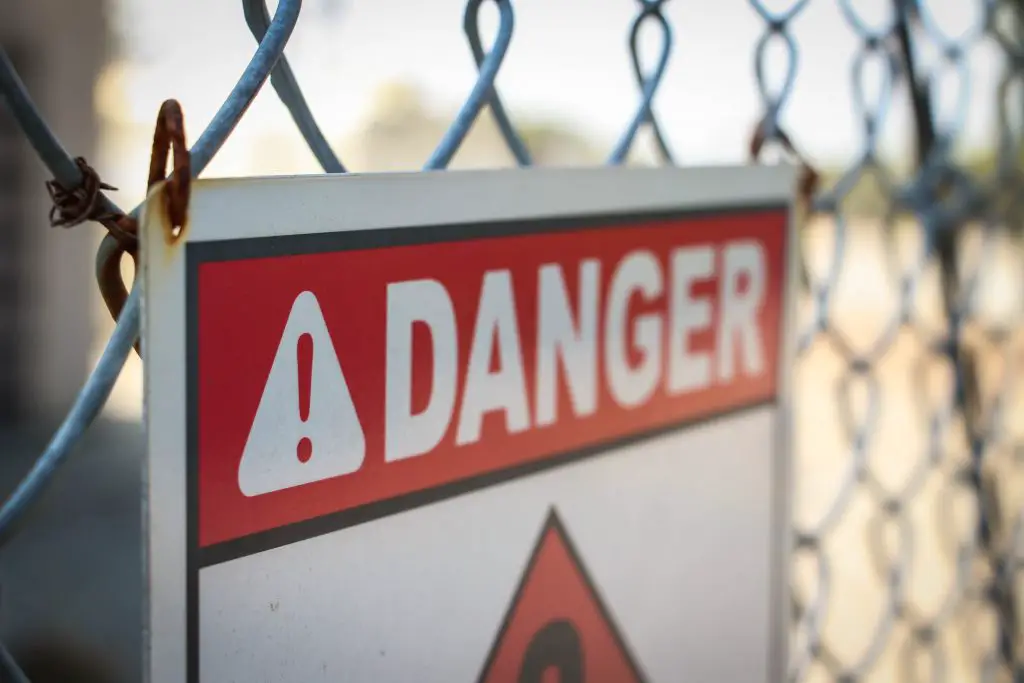Sleep apnea is a fairly common sleep disorder involving the cessation of breathing during sleep.
This cessation of breathing can last from a few seconds to minutes and can occur hundreds of times during a regular night’s sleep.
The most common type of sleep apnea is obstructive sleep apnea (OSA), where the upper airway can collapse or become blocked during sleep, preventing or completely stopping airflow.
When normal breathing restarts, it is often characterized by a snort or a choking sound, hence, why loud snoring is a common symptom of sleep apnea.
A less common type is central sleep apnea (CSA), where the brain fails to send the signals to the muscles that control breathing.
CSA can occur as a result of conditions such as stroke or heart failure.
Table of Contents
Who gets sleep apnea?
Patients who typically get sleep apnea have one or more of the following:
- Obesity: increased amount of fat in the neck can block the upper airway
- Large tonsils or adenoids: can block the airway
- Advanced heart or kidney failure: can cause fluid build-up in the neck, which can block the upper airway
- Endocrine (or hormonal) disorders:
- Hypothyroidism (or low levels of thyroid hormone) can affect the part of the brain that controls breathing and also the nerves and muscles used for breathing.
- Acromegaly (a condition of high levels of growth hormone) can cause changes in physical features such as facial bone structure, swelling of the throat, and increased size of the tongue, all of which can block the airways.
- Neuromuscular disorders: conditions where brain signals that control breathing (such as muscles in the airway and chest) are affected.
- Genetic predisposition: can cause changes in physical features that can lead to sleep apnea, such as small facial bones or changes in face/skull structure that can cause the tongue to sit further back in the mouth.
Other characteristics commonly associated with sleep apnea include male gender and family history of small airways.
What are the risk factors of sleep apnea?
Main risk factors, both preventable and unpreventable, for developing sleep apnea include:
- Unhealthy lifestyle habits:
- Poor diet and lack of exercise can lead to overweight/obesity, which, as discussed above, is a common cause of sleep apnea.
- Drinking alcohol can relax the muscles in the mouth and throat, blocking the upper airway. It can also affect brain function in sleep and muscle control in breathing.
- Smoking can lead to inflammation of the upper airway, affecting breathing.
- Age: while it can occur at any age, risk of sleep apnea increases with increasing age.
- Family history and genetics
- Race/ethnicity: in the United States, sleep apnea is more common among blacks, Hispanics, and Native Americans compared to whites.
How is sleep apnea treated?
With disrupted breathing at night comes disrupted sleep, which leads to daytime drowsiness. For a better night’s rest, approaches to sleep apnea treatment aim to maintain open airways during sleep.
This typically involves healthy lifestyle changes and/or the use of breathing devices. The most commonly recommended breathing device used for sleep apnea is the continuous positive airway pressure (CPAP) machine.
CPAP machines deliver constant, steady air pressure to a patient’s airways to prevent them from collapsing when trying to breathe.
Air pressure is delivered via a tube/hose that is connected to a mask or nose piece (or nasal mask) that is strapped in place over the face while sleeping. The most common CPAP machines are:
For the best results, sleep apnea patients should use their CPAP machine every time they sleep, whether it be at home, while traveling or backpacking, or even taking naps.
APAP Machine. What’s the difference between APAP Machines and CPAP Machines?
It also may take time to get used to using a CPAP machine. The machines vary in their available pressure settings, and the masks come in all shapes and sizes, so it is advised for patients to work with their sleep doctor to find what fits best for them.
What is BiBAP Machine? Why iBreeze BiPAP Machine is the best home choice?
Common problems with CPAP machines and tips for avoiding them
There are a few side effects to be wary of with CPAP therapy, including pain/discomfort, congestion, runny nose, dry mouth, and nosebleeds. Here are so some tips for CPAP users to help with such side effects:
- Try wearing the CPAP mask for short periods of time while awake to help get used to the feel of the mask and prevent any feelings of CPAP mask claustrophobia.
- For patients with difficulty tolerating forced air, try using CPAP machines with a “ramp” feature. CPAP machines with this feature initially emit air at a low pressure while the patient is falling asleep and then automatically increase the air pressure gradually throughout the night.
- If a mask doesn’t fit properly, air may leak out, causing dry nose or dry mouth. For patients who use a nasal mask, a chin strap may help to keep the mouth closed and reduce air leak. Full face masks may also work, as they cover both the nose and the mouth.Consider your sleeping position (eg., if you sleep on your side) when selecting the best face mask for you. Also, some CPAP machines feature a heated humidifier to help prevent your CPAP from causing dry nose or mouth.The humidifiers are typically water chambers or reservoirs that can be attached to the CPAP machine, and the level of humidification can be adjusted.
- For patients who move a lot during sleep and find that their mask has fallen off during the night, a full face mask may stay on the face better.
- Nasal irrigation or salt water rinses before using CPAP may help with congestion or runny nose. Humidifiers may also help with sinus congestion.
- While most later models of CPAP machines are almost silent, some patients may find the noise of their device bothersome. If the device is too loud, it is first important to make sure the air filter is clean and the machine is unblocked (see my article on keeping your CPAP mask and tubing clean for more details on this).Other possible solutions to help with CPAP machine noise issues include wearing ear plugs at night or using a white noise sound machine to mask the noise of the CPAP machine. Placing the machine as far away from the bed as possible may also help with the noise.
My Final Words
Sleep apnea is a common sleep disorder that can shorten your sleep, and reduce its quality. It’s important to understand the risks of sleep apnea and how to treat it, to live a healthier life.
Furthermore, it is important to regularly refill medical device prescriptions at the right time to ensure patients consistently have the treatment they need.
Also, keeping CPAP masks and tubing clean is very important in preventing infection. Click here for a detailed guide on how to keep your CPAP equipment clean.
References
- National Institute of Health: National Heart, Lung, and Blood Institute. Sleep apnea. https://www.nhlbi.nih.gov/health-topics/sleep-apnea. Accessed January 2022.
- MedlinePlus. Sleep apnea. https://medlineplus.gov/sleepapnea.html. Reviewed February 10, 2016. Accessed January 2022.
- Mayo Clinic. Central sleep apnea. https://www.mayoclinic.org/diseases-conditions/central-sleep-apnea/symptoms-causes/syc-20352109?p=1. Accessed January 2022.
- Mayo Clinic. CPAP machines: tips for avoiding 10 common problems. https://www.mayoclinic.org/diseases-conditions/sleep-apnea/in-depth/cpap/art-20044164. Published May 17, 2018. Accessed January 2022.
- National Institute of Health: National Heart, Lung, and Blood Institute. CPAP. https://www.nhlbi.nih.gov/health-topics/cpap. Accessed January 2022.
- MedlinePlus. Positive airway pressure treatment. https://medlineplus.gov/ency/article/001916.htm. Reviewed January 15, 2018. Accessed January 2022.
Images courtesy of Flickr and Unsplash.


